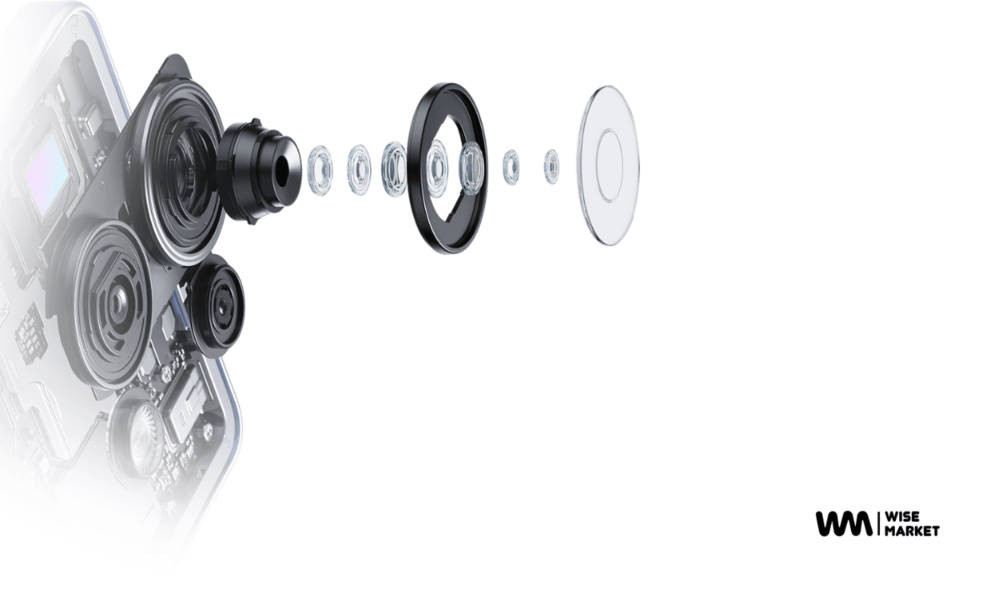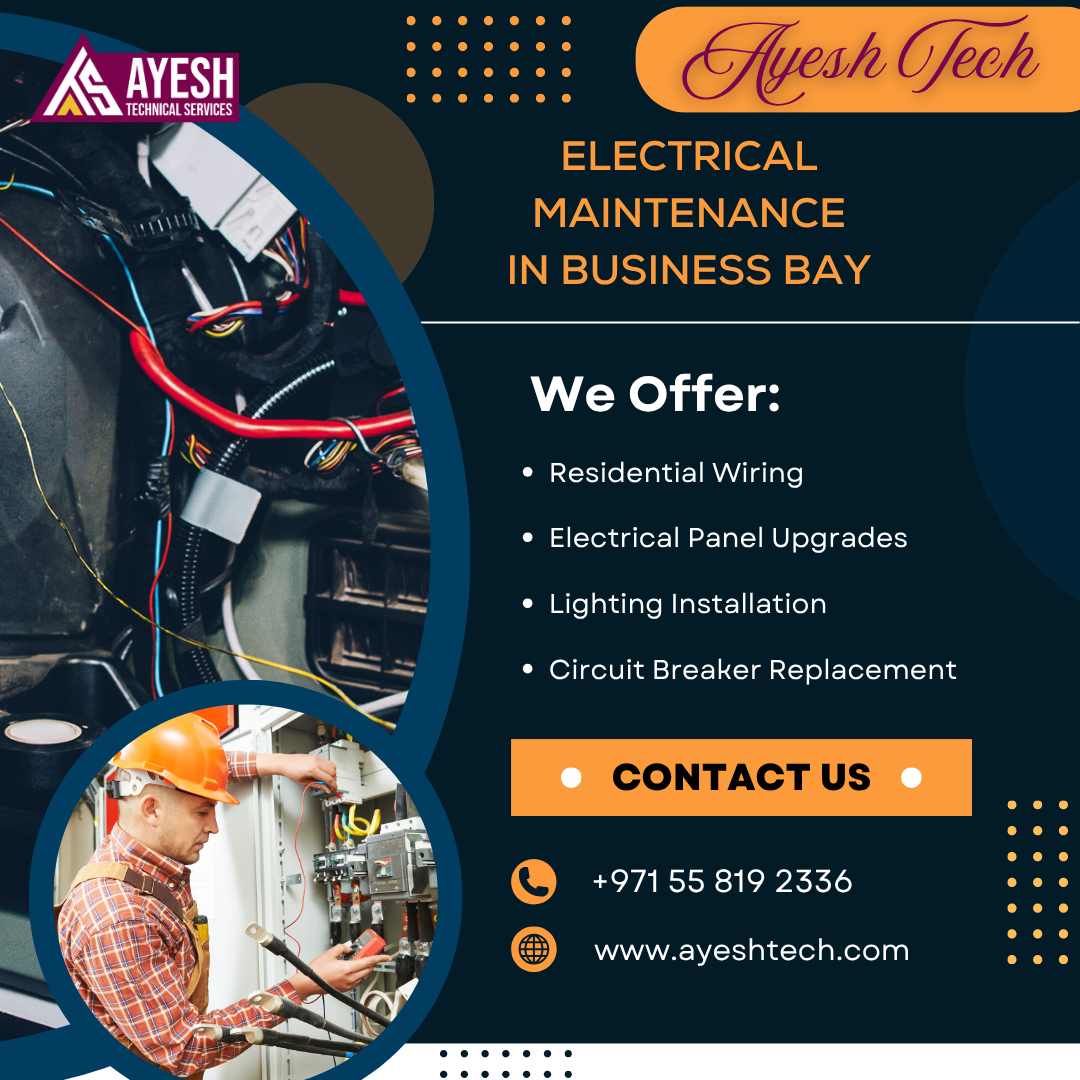In the rapidly evolving world of blockchain and decentralized technologies, tokenization has emerged as a pivotal innovation. From cryptocurrencies and stablecoins to digital collectibles and tokenized real-world assets, tokens represent the backbone of decentralized finance (DeFi), gaming ecosystems, metaverse platforms, and more. However, not all tokens are created equal. The selection of the right token standard — whether ERC-20, ERC-721, ERC-1155, BEP-20, or others — is a critical decision that can significantly influence the success, scalability, and security of a project.
But beyond the standard itself lies another, often underestimated factor: the expertise of developers implementing it. This article explores how choosing the right token standard — and the right development team — is crucial for building sustainable, secure, and future-ready blockchain applications.
Understanding Token Standards: The Building Blocks of Blockchain Assets
Token standards are predefined rules or protocols that dictate how tokens behave on a blockchain. These standards ensure that tokens can interact seamlessly with wallets, exchanges, and decentralized applications (dApps). Some of the most common token standards include:
-
ERC-20 (Ethereum Request for Comments 20): The most widely adopted standard for fungible tokens, used in ICOs and DeFi platforms.
-
ERC-721: Introduced to represent non-fungible tokens (NFTs), allowing unique digital assets to exist on Ethereum.
-
ERC-1155: A multi-token standard enabling both fungible and non-fungible tokens within a single contract — widely used in gaming and metaverse applications.
-
BEP-20: The Binance Smart Chain (BSC) equivalent of ERC-20, optimized for faster transactions and lower gas fees.
Each standard serves different purposes and suits different business models. Misalignment between project goals and token standards can lead to performance bottlenecks, compatibility issues, and security vulnerabilities.
Why Token Standard Selection Matters
Choosing the wrong token standard is akin to selecting the wrong architecture for a skyscraper. It may stand — but not for long. Here’s why careful selection is imperative:
1. Functionality and Use Case Alignment
Every project has a specific use case, and token standards should be selected to match that vision. For instance:
-
A decentralized exchange (DEX) needs fungible tokens (ERC-20) for liquidity pooling.
-
An art marketplace requires non-fungible tokens (ERC-721) to ensure asset uniqueness.
-
A gaming platform benefits from ERC-1155, enabling batch transfers and reduced gas costs.
Without a deep understanding of these functional requirements, developers may implement a standard that hampers scalability or fails to integrate with critical third-party platforms.
2. Ecosystem Compatibility
Blockchain interoperability is growing in importance. A poorly chosen standard might limit interaction with:
-
Wallets (e.g., MetaMask, Trust Wallet)
-
Marketplaces (e.g., OpenSea for NFTs)
-
Layer-2 solutions (e.g., Polygon)
-
Cross-chain bridges
Standards must be compatible with the tools users expect to use — and expert developers account for this from the start.
3. Security Considerations
Each token standard has its own security nuances. ERC-20, for example, has known pitfalls like the approve() and transferFrom() vulnerability, which can be exploited if improperly implemented.
Experienced developers go beyond cookie-cutter templates — they conduct security audits, optimize contract design, and incorporate industry best practices to safeguard assets.
The Role of Expert Developers in Token Standard Selection
1. Comprehensive Requirements Analysis
Before writing a single line of code, seasoned developers perform in-depth consultations to understand:
-
Business objectives
-
Target user base
-
Functional requirements
-
Regulatory constraints
They translate these into technical specifications that align with the right token standard. For example, a regulated STO (Security Token Offering) might demand compliance features that ERC-1400 provides — a nuanced detail only experts would catch.
2. Evaluating Network Trade-offs
Each blockchain has its own performance characteristics. Ethereum offers deep liquidity and strong security, but high gas fees. Binance Smart Chain offers cost-efficiency, but at a degree of centralization.
Skilled developers weigh factors like:
-
TPS (Transactions Per Second)
-
Finality time
-
Developer tooling
-
User base adoption
They ensure that the selected token standard functions optimally within the chosen blockchain’s constraints.
3. Custom Token Design and Extension
Often, default standards don’t fulfill all project needs. Expert developers know how to extend base standards to add custom features such as:
-
Token burn mechanisms
-
Dynamic royalties
-
Vesting schedules
-
Whitelisting/blacklisting logic
-
Gas optimization for mass transactions
A good example is an NFT project requiring on-chain metadata updates. While ERC-721 doesn’t support this by default, developers can build extensions or adopt ERC-721A (an optimized version by Azuki) to reduce gas fees and support bulk minting.
Case Studies: Real-World Examples of Smart Token Standard Selection
1. Uniswap (ERC-20)
Uniswap revolutionized DeFi by creating a decentralized exchange where liquidity pools are powered by ERC-20 tokens. The standard was chosen for:
-
Seamless integration with wallets
-
Fungibility required for liquidity aggregation
-
Strong developer support and tooling
Uniswap’s smart contract architecture is a testament to how strategic token standard use underpins massive scalability.
2. Decentraland (ERC-721 and ERC-20)
Decentraland uses ERC-20 tokens (MANA) for transactions and ERC-721 tokens to represent unique land parcels. This dual-standard system:
-
Maintains fungibility for in-game economy
-
Ensures uniqueness for land ownership
This setup would not be possible without careful consideration by developers who understood the nuances of both standards.
3. Enjin (ERC-1155)
Enjin pioneered ERC-1155, which allows one smart contract to represent multiple tokens. In gaming, this enables:
-
Reduced gas costs
-
Batch transfers of in-game assets
-
Greater efficiency in inventory management
ERC-1155 emerged from a real-world need — and skilled development brought it to life.
Emerging Token Standards: The Future Is Multi-Chain and Modular
Blockchain is in a constant state of evolution. Expert developers stay ahead by mastering emerging standards and modular frameworks, such as:
-
ERC-3525: Semi-fungible tokens for structured products (ideal for DeFi bonds, real estate tokens)
-
ERC-4626: Standard for tokenized vaults, streamlining DeFi yield strategies
-
ERC-6551: Token-bound accounts that expand NFT functionality
-
BRC-20: Bitcoin-native fungible tokens (ordinal-based)
Choosing future-proof standards ensures projects remain relevant and scalable. Developers who follow Ethereum Improvement Proposals (EIPs) and BIP developments are better equipped to guide long-term strategies.
Token Standard Selection Pitfalls — And How Experts Avoid Them
1. Ignoring Gas Efficiency
Gas inefficiency can drive away users. For example, minting hundreds of NFTs using ERC-721 can be prohibitively expensive. Expert developers may suggest ERC-1155 or ERC-721A for better performance.
2. Lack of Upgradeability
Poor token design often leads to rigid contracts. Expert developers employ proxy contracts, modular architecture, or upgradable frameworks like OpenZeppelin’s SDK to future-proof deployments.
3. Failure to Ensure Compliance
In jurisdictions with stringent regulations, such as the U.S. or EU, compliance-ready standards like ERC-1400 (for security tokens) may be necessary. Ignoring this can result in legal roadblocks and delisting from exchanges.
The Development Lifecycle: Beyond Token Creation
Choosing and implementing a token standard is only one part of the broader development lifecycle. Expert developers bring value across the entire roadmap:
-
Design: Aligning tokenomics with business logic
-
Development: Writing gas-optimized, secure smart contracts
-
Testing: Unit testing, fuzzing, and simulation to ensure behavior under edge cases
-
Deployment: Staged rollouts on testnet and mainnet
-
Monitoring and Analytics: On-chain tracking for user behavior and performance
-
Upgrades and Maintenance: Supporting future needs via smart contract upgradability
This holistic approach is where expert developers prove indispensable — delivering not just code, but long-term value.
How to Choose the Right Development Partner
A capable development team can make or break your token project. Key traits to look for include:
-
Proven experience with multiple token standards
-
Expertise in gas optimization and security
-
Up-to-date knowledge of emerging standards
-
Strong portfolio and client references
-
Audit readiness and documentation discipline
-
Ability to provide post-launch support
Asking the right questions — like which standards they recommend for your use case and why — can reveal the depth of their understanding.
Final Thoughts: The Strategic Advantage of Expert Token Developers
In a saturated market of blockchain projects, technical excellence is a key differentiator. Selecting the right token development is not a mere formality — it’s a foundational decision that affects usability, security, compliance, and scalability. Expert developers bring more than code to the table. They offer foresight, customization, and strategic alignment with your project’s goals. In a landscape where one technical misstep can cost millions, their guidance is not just valuable — it’s essential.






